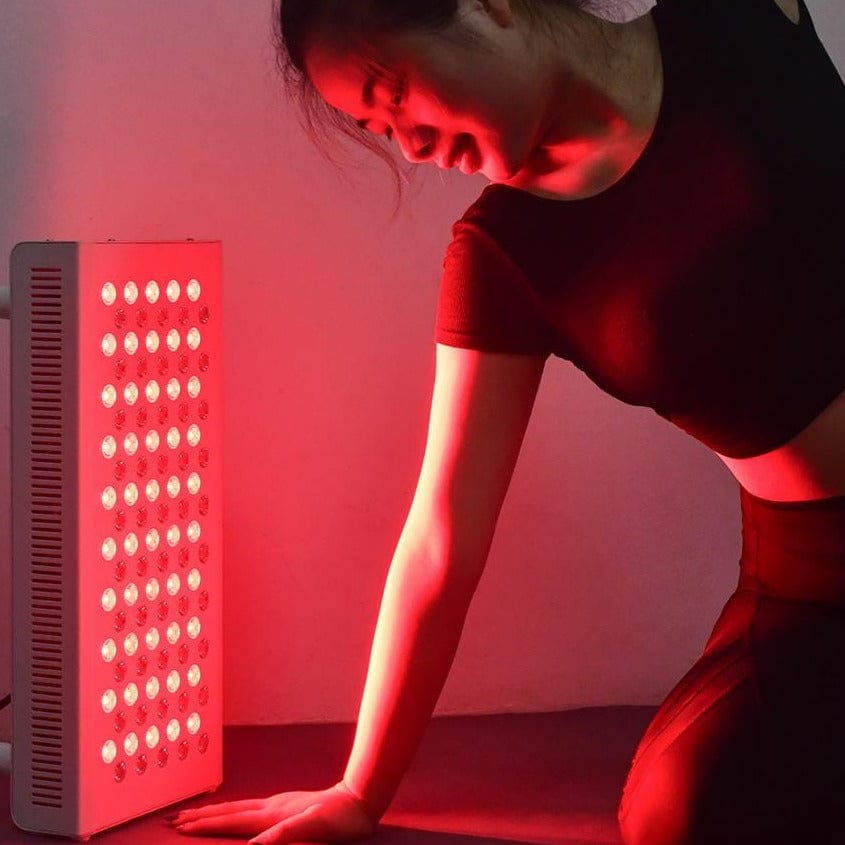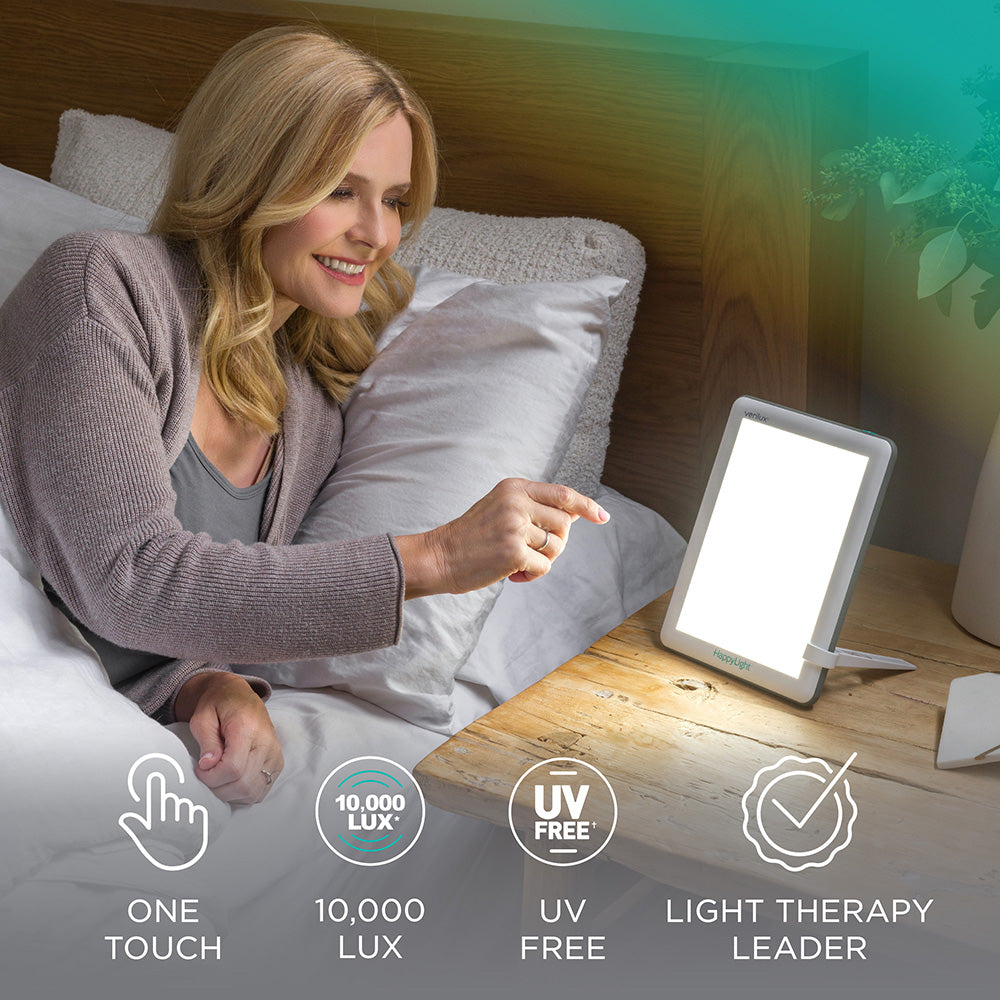Utilizing the Possible: Photobiomodulation's Function in Cells Regeneration
Wiki Article
Checking Out the Efficacy of Photobiomodulation Treatment in Mental Health
Have you ever before wondered if there is a new, ingenious treatment that could potentially revolutionize the field of mental wellness? In this exploration, we delve into the world of photobiomodulation therapy and its effectiveness in dealing with mental health disorders. By dropping light on this arising field, we aim to uncover the appealing ramifications of photobiomodulation treatment and its prospective to change the way we approach mental health and wellness treatment.The Science Behind Photobiomodulation Therapy
To understand the efficiency of photobiomodulation treatment in mental health and wellness, it is crucial to look into the underlying scientific principles that drive this innovative treatment approach. Photobiomodulation treatment, additionally recognized as low-level light treatment, entails making use of certain wavelengths of light to promote cellular feature and advertise healing in the body. This therapy works by targeting the mitochondria, which are the powerhouses of our cells. When revealed to details wavelengths of light, the mitochondria generate even more adenosine triphosphate (ATP), which is essential for power manufacturing and cellular metabolism.Furthermore, photobiomodulation treatment has been located to have neuroprotective impacts. It can enhance the manufacturing of neurotrophic elements, such as brain-derived neurotrophic factor (BDNF), which advertise the growth and survival of nerve cells. This stimulation of neurotrophic aspects can help fix and regrow damaged nerve cells, possibly bring about improved cognitive feature and mental wellness outcomes.
Moreover, photobiomodulation treatment has been shown to reduce swelling in the brain. By modulating the inflammatory action, it can reduce the destructive effects of neuroinflammation, which has actually been linked in the growth of numerous psychological health and wellness problems. Additionally, this therapy can improve blood flow and oxygenation in the brain, boosting total brain feature.
Prospective Benefits of Photobiomodulation Treatment
Now let's delve into the potential advantages that photobiomodulation treatment supplies in boosting psychological wellness. Photobiomodulation treatment, also referred to as low-level light treatment, has revealed pledge in dealing with numerous mental health problems. One of the major advantages of this treatment is its ability to reduce signs and symptoms of anxiety and stress and anxiety. Research studies have actually discovered that exposure to particular wavelengths of light can boost the manufacturing of serotonin and dopamine, natural chemicals that play an important function in controling state of mind. By boosting the degrees of these natural chemicals, photobiomodulation treatment can help relieve signs and symptoms of anxiety and stress and anxiety.Additionally, this treatment has actually also been located to enhance cognitive feature. Research study has revealed that photobiomodulation treatment can boost mind feature by boosting blood flow and oxygenation in the mind. This can cause boosted memory, attention, and general cognitive efficiency. In addition, photobiomodulation treatment has actually been revealed to have neuroprotective results, indicating it can aid repair and safeguard damaged brain cells. This is particularly beneficial for individuals with neurodegenerative problems such as Alzheimer's illness.

Photobiomodulation Treatment and Clinical Depression
One significant benefit of photobiomodulation treatment is its ability to significantly minimize signs and symptoms of depression (photobiomodulation laser). Clinical depression is a common mental health and wellness condition defined by persistent feelings of despair, loss of passion or pleasure in daily activities, and modifications in hunger and rest patterns. Typical therapy alternatives for clinical depression consist of medicine and psychotherapy, but photobiomodulation therapy uses an appealing alternative
Photobiomodulation treatment includes using low-level light treatment to boost cellular function and promote recovery. The therapy works by boosting blood circulation and oxygenation to the brain, which can enhance mood and decrease depressive signs. Research study research studies have revealed that photobiomodulation treatment can properly reduce symptoms of depression, consisting of reduced mood, fatigue, and absence of inspiration.
One study published in the Journal of Affective Conditions discovered that participants that got photobiomodulation therapy experienced a significant reduction in depressive symptoms contrasted to those who received a sugar pill treatment. An additional research published in the Journal of Clinical Psychiatry revealed that photobiomodulation therapy worked in lowering signs of depression in clients with treatment-resistant depression.
Photobiomodulation Treatment and Stress And Anxiety Disorders
There are numerous methods which photobiomodulation treatment can successfully relieve signs and symptoms of anxiety problems. One way is by lowering the activity of the amygdala, which is the component of the brain liable for processing fear and stress and anxiety. Research has actually revealed that photobiomodulation therapy can regulate the task of the amygdala, bring about a decline in anxiousness symptoms. Additionally, this therapy can also raise the production of natural chemicals such as serotonin and gamma-aminobutyric acid (GABA), which are recognized to play a role in controling state of mind and anxiousness. By enhancing the degrees of these neurotransmitters, photobiomodulation therapy can aid to stabilize the brain chemistry and relieve anxiety symptoms. In addition, this therapy has been discovered to boost rest quality, which is usually interrupted in people with stress and anxiety problems. By promoting better sleep, photobiomodulation treatment can additionally minimize anxiousness symptoms and improve total health. On the whole, using photobiomodulation treatment in the therapy of anxiety problems shows promising lead to relieving symptoms and improving the quality of life for individuals fighting with anxiousness.Future Research Study and Ramifications
To further discover the efficacy of photobiomodulation treatment in mental wellness, future study needs to focus on its long-lasting results and prospective applications in various psychological conditions. While the existing proof suggests encouraging lead to reducing signs and symptoms of stress and anxiety, depression, and cognitive decrease, it is crucial to investigate the continual benefits of this treatment over an extended duration. Long-term researches might aid determine whether the favorable effects continue past the therapy period and whether the treatment can protect against relapse or reappearance of symptoms.Furthermore, future research study should intend to check out the prospective applications of photobiomodulation treatment in other psychiatric conditions such as schizophrenia, bipolar affective disorder, and post-traumatic stress condition. Exploring the efficiency of this treatment in varied mental health and wellness conditions would supply a much more extensive understanding of its restorative potential and broaden its medical utility.
Furthermore, it would certainly be advantageous to check out the optimum therapy parameters for photobiomodulation treatment. photobiomodulation. This consists of establishing the appropriate dosage of light, the period and regularity of sessions, and the most efficient wavelengths for different mental health and wellness problems. Recognizing these specifications would help maximize the therapeutic outcomes and guarantee standardized methods for professional technique

Conclusion
In final thought, photobiomodulation therapy shows promise as a possible therapy for mental health disorders such as depression and stress and anxiety. The science behind this therapy recommends that it can successfully modulate brain activity and advertise neuroplasticity. While even more research is required to completely understand its efficiency, the prospective benefits it uses make it an interesting area of examination for future mental wellness treatments.Photobiomodulation treatment, likewise known as low-level light therapy, involves the usage of particular wavelengths of light to boost mobile function and advertise healing in the body. Photobiomodulation treatment, also recognized as low-level light treatment, has actually revealed pledge in dealing with numerous mental pbm light therapy health and wellness conditions.Photobiomodulation treatment involves the use of low-level light treatment to promote mobile function and advertise healing.To additionally explore the efficiency of photobiomodulation therapy in mental health and wellness, future research must concentrate on its long-term results and potential applications in different psychological conditions.In final thought, photobiomodulation treatment shows pledge as a potential treatment for psychological wellness disorders such as depression and stress and anxiety.
Report this wiki page